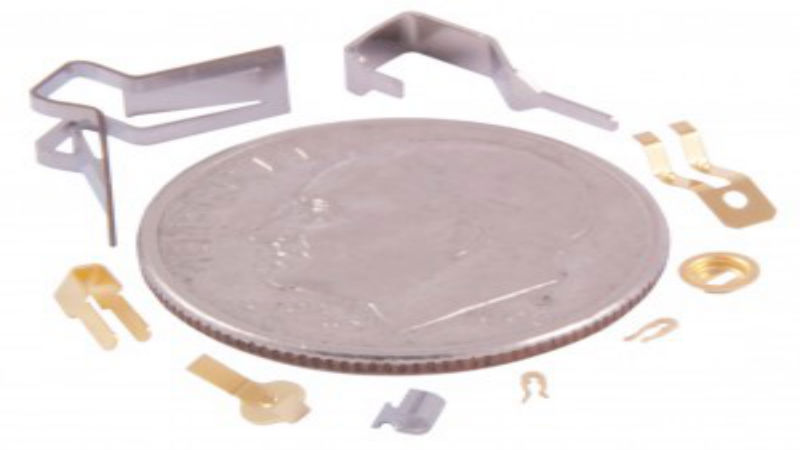Metal stamping is not a new process, but thanks to advances in CNC technology, it is now a highly precise application that can create simple to complex shapes in most types of sheet metals and specialty materials.
There are several advantages to choosing the process of precision metal stamping for parts and components in the automotive, aerospace, electronics, telecommunication and in the fabrication and manufacturing of systems and components for basic to advanced equipment in medical equipment and in military and defense use. Understanding these advantages can be instrumental for an OEM to move from more costly production methods to the lower-cost option of metal stamping.
The Benefits
Precision metal stamping uses one die or a series of die to press metal in sheet form into a specific shape. The parts can be symmetrical or irregular shaped, and this is an ideal option for small parts and components. The nature of the process reduces any waste, which is not only cost-effective but also an important environmental factor for many OEMs.
Without the need for any heat applied to the metal, the high ton presses work with the sheet metal or material at room temperature. This not only speeds up the process but also eliminates the risk of internal changes in the metal due to exposure to high heat.
The lack of heat in the process also reduces the costs and allows for greater precision both within orders as well as between orders. Using a pre-set program, the precision metal stamping service can provide the parts to the exact standards and tolerances required for even the most critical part or component to an application.
Using CNC equipment for the stamping process improves overall quality control, speeds up production, and ensures complete repeatability for low to high volume orders as a single order or for ongoing part requirements.


